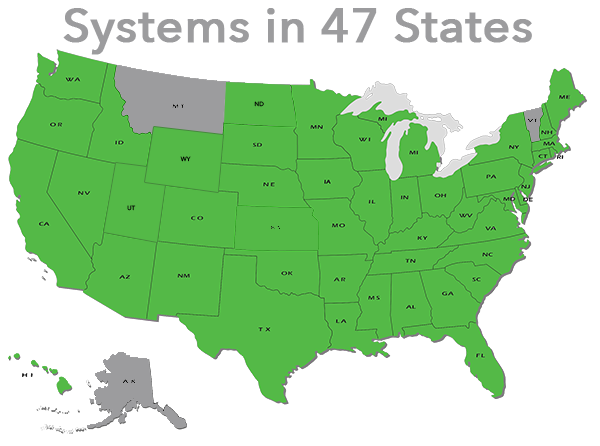It’s the equivalent of the annual greenhouse gas emissions from 210,526 passenger vehicles. It’s the amount of carbon released by burning over 1 billion pounds of coal. And it’s the amount of carbon dioxide that an Energy Department-sponsored project recently captured. Air Products and Chemicals Inc. captured their one-millionth metric ton of carbon dioxide at a hydrogen-production facility in Port Arthur, Texas. Air Products was one of 12 companies awarded Energy Department funding for a carbon capture and sequestration demonstration project in 2009 under the American Reinvestment and Recovery Act. Construction of the facility was completed in March 2013, on time and under budget. Like most hydrogen production facilities, Air Products’ Port Arthur facility uses steam methane reformers (SMRs), which produce CO 2 emissions as a result of the hydrogen production. By using a technology called vacuum swing adsorption, the project has been able to capture over 90 percent of the...
4172 Hits
4172 Hits


































